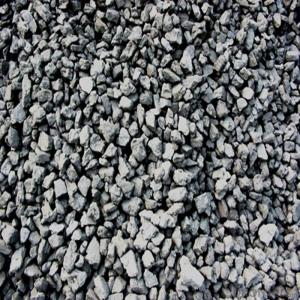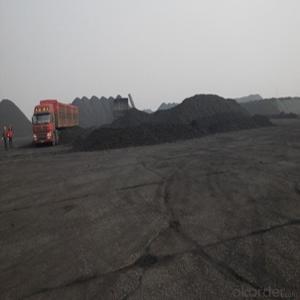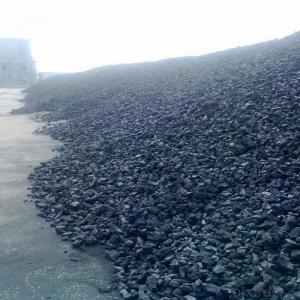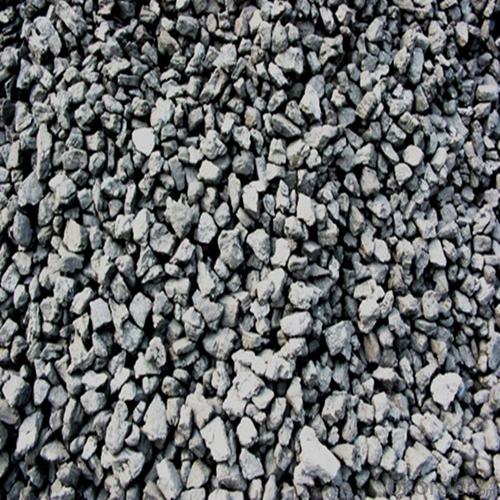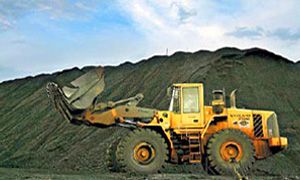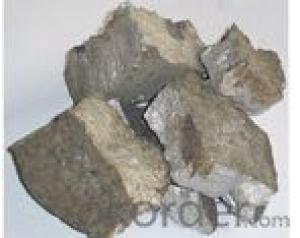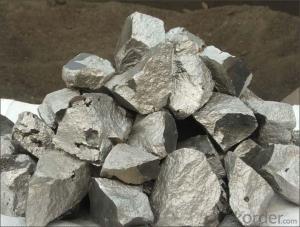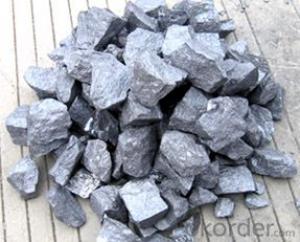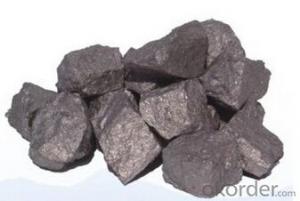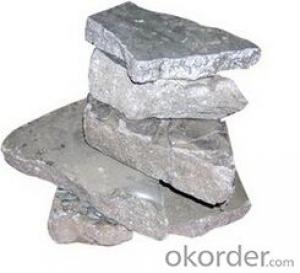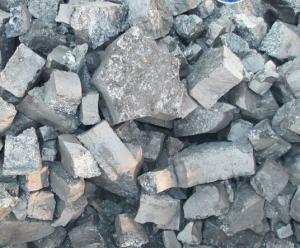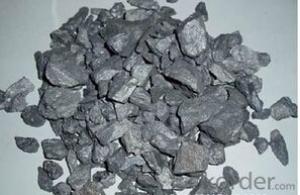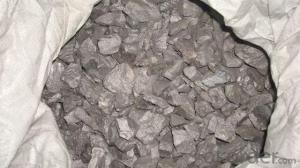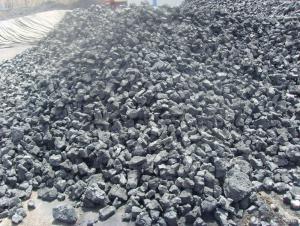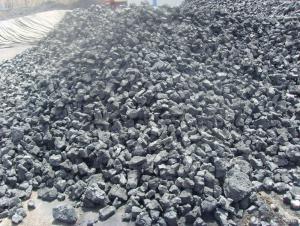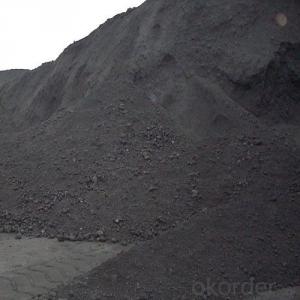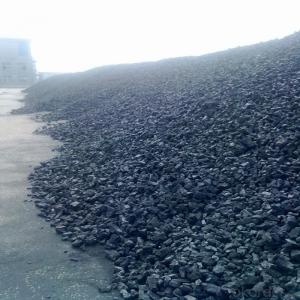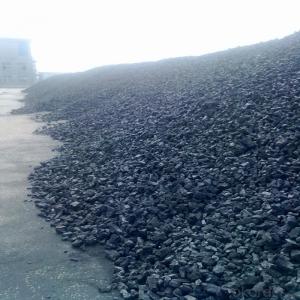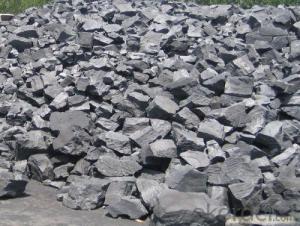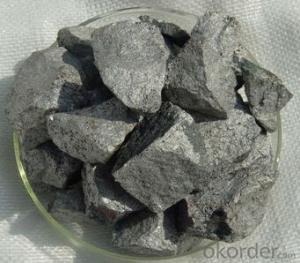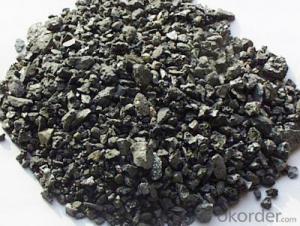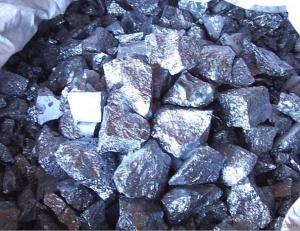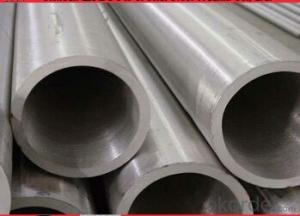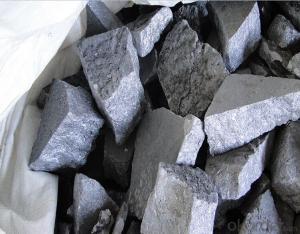Metallurgical Coke of Coke Strength after Reactivity 64
- Loading Port:
- Tianjin
- Payment Terms:
- TT OR LC
- Min Order Qty:
- 1000 m.t.
- Supply Capability:
- 10000 m.t./month
OKorder Service Pledge
OKorder Financial Service
You Might Also Like
1. Structure of Metallurgical Coke of Coke Strength after Reactivity 64 Description:
Coke is made by high temperature metallurgical coke for blast furnace smelting, casting and gasification. Occurring in the process of coking after recovery and purification of coke oven gas is a high calorific value of fuel, is an important industrial raw material in organic synthesis.
Coke is mainly used for blast furnace ironmaking and used for copper, lead, zinc, titanium, antimony, mercury and other non-ferrous metal smelting of blast furnace, reducing agent, compound and the function of stock column frame.
Blast furnace with Coke instead of charcoal, which laid a foundation for the large-scale of modern blast furnace, is a major milestone in the history of metallurgy.
2. Main Features of the Metallurgical Coke of Coke Strength after Reactivity 64:
• Quality assurance
• Mutual benefit
• Preferential price
• Various choice
3. Metallurgical Coke of Coke Strength after Reactivity 64 Images:
Parameters | Guarantee | Rejection |
Total Moisture (As received basis) | 5% max | |
Ash (dry basis) | 12.5% max | > 13.5% |
Volatile Matter (dry basis) | 1.5% max | > 1.8% |
Sulphur (dry basis) | 0.65% max | > 0.75% |
Phosphorus (dry basis) | 0.035% max | > 0.045% |
M10 | 7% max | > 9% |
M40 | 84% min | <82% |
CSR | 64% min | <62% |
CRI | 26% max | > 28% |
Size 30-90 mm | 90% min | |
+90 mm | 5% max | > 8% |
-30mm | 5% max | > 8% |
4. Metallurgical Coke of Coke Strength after Reactivity 64 Specification:
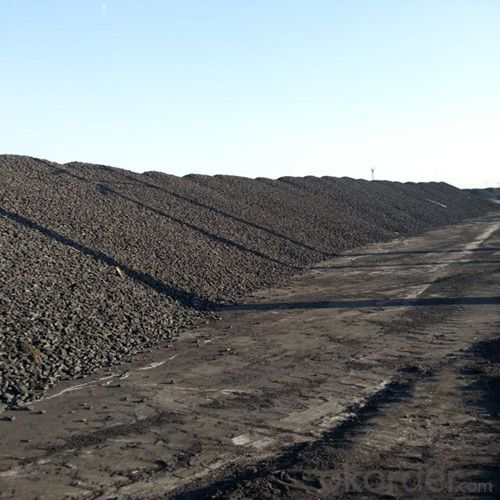
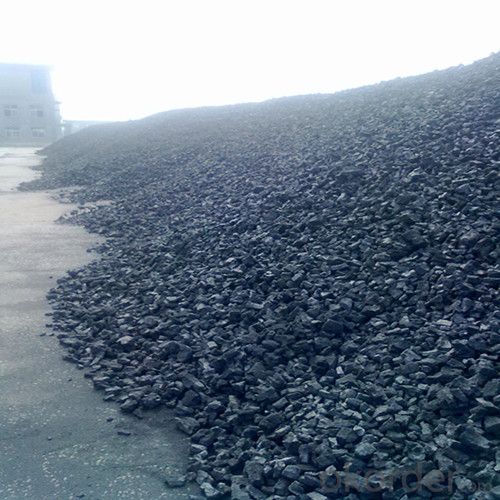
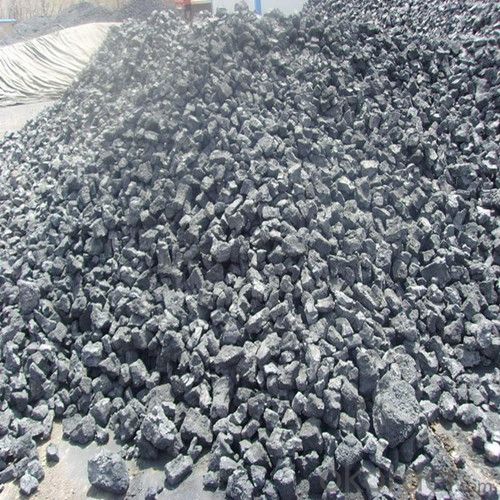
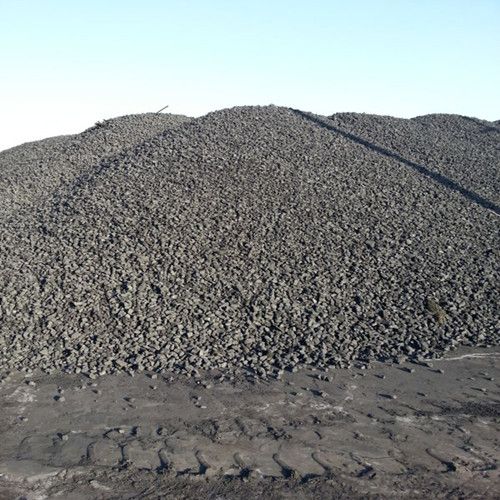
5. FAQ
We have organized several common questions for our clients,may help you sincerely:
1) How to guarantee the quality of the products?
We have established the international advanced quality management system,every link from raw material to final product we have strict quality test;We resolutely put an end to unqualified products flowing into the market. At the same time, we will provide necessary follow-up service assurance.
2) What are coke's main physical properties?
The average heat capacity is 0.808 kj/(KGK) (100 ℃), 1.465 kj/(KGK) (1000 ℃)
Thermal conductivity is 2.64 kj/(MHK) (room temperature), 6.91 kj/(MHK) (900 ℃);
Ignition temperature (air) is 450-650 ℃.
3) How about your company?
Our company began to export coke when China cancelled 40% of coke export tariffs and quotas on January 1, 2013. We export many kinds of coke, such as CSR60 % and CSR 62% metallurgical coke (met coke), the NUT coke of 20 to 50 mm, coke breeze of 3 to 6 mm, and so on.
- Q: I'm going to sell carbide cutters. Which industry do you want to sell?
- Don't know whether you go to Suzhou haokai steel metal material limited company to see through
- Q: Carbide coated drill bit will reduce the service life after grinding, how to avoid?
- Sure, the grinding efficiency of the drill can reach about 80% of the new drill. Of course, the repair should be professional, experienced manufacturers repair oh. We can drill hard alloy coated drill bit to ensure quality.
- Q: What is the hardness of cemented carbide?
- Different grades, different hardness, usually (86 ~ 93HRA, equivalent to 69 ~ 81HRC);
- Q: Hard alloy die mold grinding angle how slim
- Place the grinding head on a drill press or polish on an electric tool. Can the hard alloy die is caught in the lathe, grinding with diamond file.
- Q: What are the parameters of the wear resistance of cemented carbides in addition to their hardness?
- The bending strength of YG20 can reach 2500, which is suitable for making stamping dies. The bending strength of YG15 and JK13 can reach 2550, and the bending strength of JK15 can reach 2600, but the wear resistance is lower. The flexural strength of JK1 is 2500, and it has good wear resistance.
- Q: Make cutting dosage
- YT for steel, steel castings, aluminum parts, not shock resistance. YG is used for rough cast iron parts, cast iron parts, shock resistance and high temperature resistance.
- Q: Carbide saw blade 30t and 40t what is the difference?
- The more the number of teeth, the more smooth the cut section is. If your machine is stable, the sound will be smaller
- Q: What is the difference between the production process of ferrous powder metallurgy and cemented carbide?
- In 1890, the invention of tungsten powder, made by powder metallurgy, in the United States, laid the foundation of modern powder metallurgy. Around 1910, it has been made by powder metallurgy method of tungsten and molybdenum products, hard alloy, bronze bearings, porous filters, brush set, and gradually formed a complete set of powder metallurgy technology. In 1930s, after the advent of the vortex grinding iron powder and the carbon reduced iron powder, the iron based mechanical parts made by powder metallurgy have gained rapid development.
- Q: Can YG813 carbide cutters be used for cutting stainless steel intermittently? How much is the cutting speed?
- YG type alloy has good impact resistance, can be used to cut stainless steel, cutting speed 80m/min, heightening the concentration of emulsion about 8%, of course, if there is YW alloy better, wear-resistant, heat hardness and hardness are higher
- Q: What alloy tool can be used as hard alloy?
- KYOCERA's KBN cutters and diamond cutters pay attention to cutting in and out of each piece of 318
Send your message to us
Metallurgical Coke of Coke Strength after Reactivity 64
- Loading Port:
- Tianjin
- Payment Terms:
- TT OR LC
- Min Order Qty:
- 1000 m.t.
- Supply Capability:
- 10000 m.t./month
OKorder Service Pledge
OKorder Financial Service
Similar products
Hot products
Hot Searches
